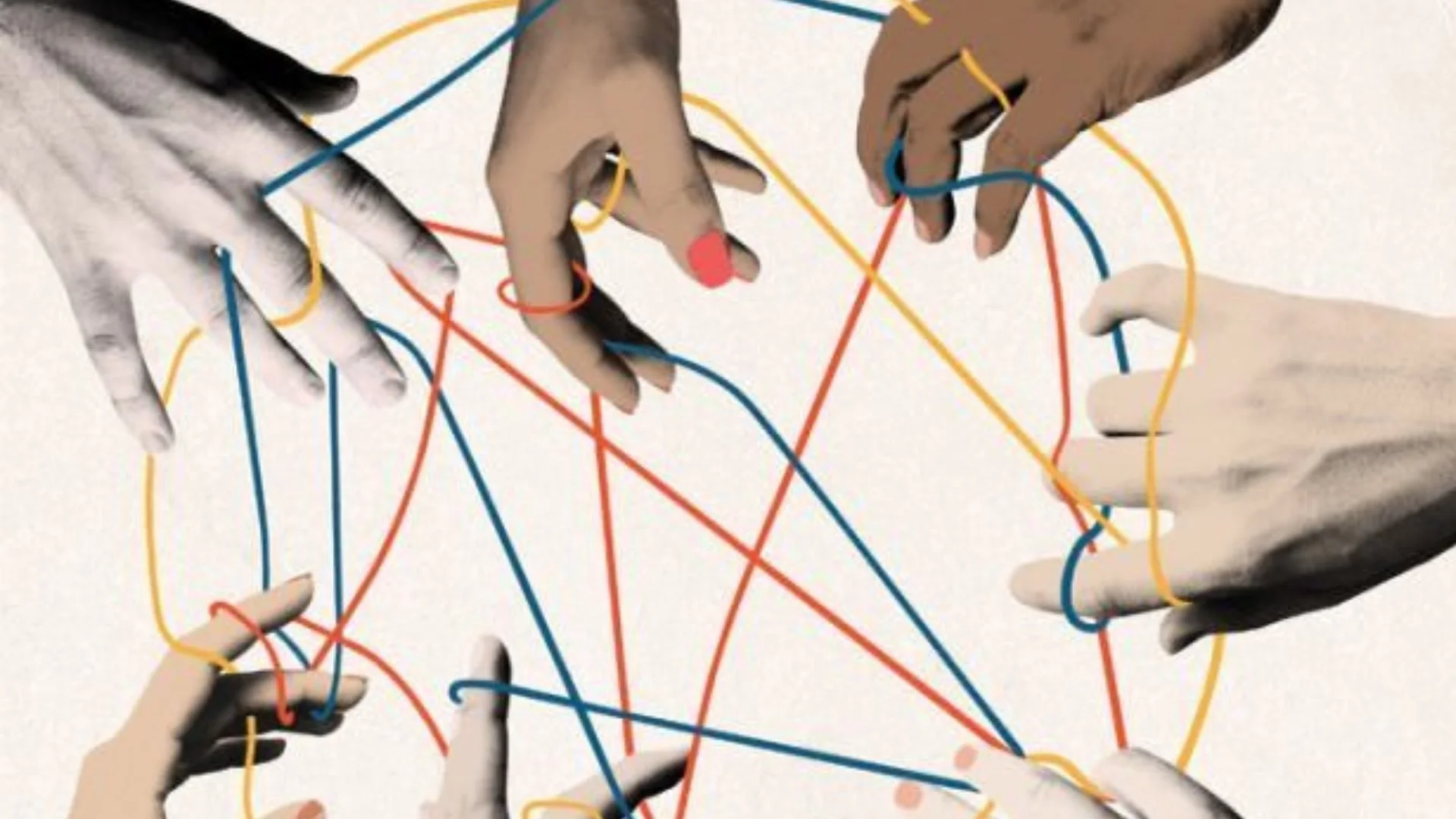Is Social Media Destroying Real Communication Skills?
Social media has revolutionised how we connect, but is it eroding our ability to interact face-to-face? This debate has stirred controversy, with valid arguments on both sides. Let's explore the impact of social media on our communication skills, examining the negatives, the positives, and the psychology behind it all.
The Downside Eroding Face-to-Face Interaction
People argue that social media has significantly diminished our real-life communication skills. The convenience of online interaction often replaces in-person conversations, leading to a reduced ability to read non-verbal cues and engage deeply. A major concern is that people, particularly the younger generation, spend more time online than engaging in meaningful face-to-face interactions. However, this issue spans all age groups, as people from every generation find themselves glued to their screens.
On the Luas home from work the other day, the impact is evident in public spaces, where men, women and children are constantly staring at their phones instead of talking to those around them. Let alone just to sit with themselves, or look around them, instead of through the screen of TikTok and Instagram. This trend extends to families, with fewer households sitting down for meals together, opting instead to connect through screens instead. What does this mean for the future of families, communities and connections? This shift is not just about the quantity of interaction but also the quality. We can presume that virtual interactions tend to be more superficial, lacking the depth and emotional connection of in-person conversations. Ask anyone you know who works from home, they will most likely tell you that they miss the in-person connection or the 'office cooler' chats.
In a study by Appel et al. (2019), it was found that heavy social media users often experience a reduction in real-life social interactions. This can lead to feelings of isolation and loneliness, as online communication fails to provide the same level of emotional connection as our face-to-face interactions. Additionally, social media can potentially create a false sense of intimacy and connection, as the curated and often exaggerated personas people present online don't always reflect their true selves.
The Upside Enhancing Communication in Different Ways
On the flip side, social media has its wins. It has expanded our ability to stay connected with friends and family, regardless of geographical barriers. This connectivity can maintain relationships that might otherwise fade due to distance. Social media also allows the dissemination of important information and the formation of support networks, providing platforms for individuals to share their experiences and advocate for causes they care about.
For English as a Second Language (ESL) learners, social media offers an engaging and practical tool to enhance communication skills. Some research shows that platforms like YouTube and Facebook significantly help in learning and practising English, making it easier and more enjoyable than usual methods. Social media can also help some people find communities and engage in conversations they might avoid in real life. This is true for people who are part of communities where they cannot be themselves.
Balancing the Two Worlds
While the benefits of social media are glaringly obvious, creating balance is important to avoid the negative impacts on real-life communication. Setting boundaries for social media use and prioritising face-to-face interactions is something I try to practice daily. Even partaking in digital detoxes, and getting out into the real world can help even more with that balance.
Digital literacy is essential. Knowledge of how we interact online is the only way forward. Educating people about responsible online behaviour and the potential risks of excessive social media use can mitigate some negative effects.
A report by Asma (2023) suggests that integrating social media into educational frameworks can teach young people how to use these platforms responsibly. By incorporating lessons on digital etiquette, privacy, and the importance of face-to-face communication, educators can help students develop a balanced approach to social media use. (This is what we do at Sersha!)
The Role of Non-Verbal Cues
One of the most significant drawbacks of online communication is the lack of non-verbal cues, and for all you neurodivergent peeps out there, you will understand how hard this is! In face-to-face interactions, body language, facial expressions, and tone of voice play such an important role in conveying meaning and emotion. These cues are unbelievably subtle, to the point where you can blink and miss it. Look up more about this through Paul Ekman's work on micro-expressions. These misunderstandings actually blend into online communication too...
For example, a text message that reads "I'm fine" can be interpreted in various ways depending on the context and relationship between the sender and receiver. In-person, the tone of voice and body language would provide additional context, making it easier to understand the true meaning behind the words.
Practical Tips for Maintaining Real-Life Communication Skills
Maintaining a healthy balance between online and offline interactions is key to preserving real-life communication skills. So how can we do it?
Set Boundaries: Allocate specific times for social media use and designate quality time for in-person interactions with family and friends.
Digital Detox: Periodically disconnect from social media to focus on real-life activities and relationships.
Promote Face-to-Face Interactions: Encourage activities that require in-person communication, such as family dinners, game nights, and outdoor activities.
Educate on Digital Literacy: Teach young people about responsible social media use, the importance of privacy, and the value of face-to-face communication.
Model Healthy Behaviour: Demonstrate a balanced approach to social media use by setting a good example for children and peers.
Finding a Middle Ground
In conclusion, while social media has undoubtedly transformed our communication landscape, it doesn't have to spell the end of real-life interaction. By recognising and addressing its drawbacks, and leveraging its benefits responsibly, we can enjoy the best of both worlds. Social media and real-life communication need not be mutually exclusive; instead, they can complement each other to enrich our social experiences.

